A Quick Guide for Developing a Tone of Voice for Your Brand
People often think about how a brand looks visually, from fonts to colors to design styles. However, the voice of the brand is often overlooked.
With the inclusion of social media in marketing efforts, brand voice has become more important than ever as a way to stand out from the crowd of digital chatter.
Even if you’re unfamiliar with the term, you have likely experienced it. For example, the company who sells surf gear takes on the vocabulary and attitude of a surfer. The tween clothing company loosens up its language and uses common slang to connect with their target audience.
While you can get away without having a distinctive brand voice, you can take your marketing much further once you’ve established one.
Let’s go further into the details on what brand voice is and how you can develop one of your own.
What is Brand Voice?
Brand voice is the distinct personality a brand takes on in its communications.
For instance, imagine you’re at a dinner party. One person stands out because they’re great at storytelling in a distinctive, unique way. The flow of their words, the language they use, and their personality all combine to make for a memorable experience.
In fact, when you’re retelling that story, you immediately think of that person.
Now extrapolate that dinner guest into a brand voice. Who is your brand online? If your brand was a person, what personality traits would they take on and what would they actively avoid? What phrases and stylistic choices does your brand use on a consistent basis?
All of the above combine to create your brand voice. Apply this personality everywhere your brand speaks, including newsletters, social media posts, internal official communications, company announcements, and advertising.
Why Does Brand Voice Matter?
Why should you care about your brand voice? Why not just write whatever you want in whichever style you feel like that day?
The digital landscape is crowded. It’s filled with chatter from brands and individuals alike. You can only stand out so much on the basis of your visual content, logo, or product features alone.
Your written content needs that same attention and consistency you give to the other elements of your brand presence.
Brand voice helps you stand out from the crowd. In the Sprout Social Index, the consumers surveyed had reasons why some brands stood out more than others:
- 40% said memorable content
- 33% said distinct personality
- 32% said compelling storytelling
In all three of these aspects, brand voice plays a significant role.
You can’t have a distinct personality without a distinct brand voice.
Audit Your Current Voice
Need some inspiration on what your brand personality should be? Take a look at your current communications. Ensure that you grab examples from all communications so you get a good overview of what the voice is like currently.
You may find that your voice is inconsistent because of different writers or uses of certain words over others. Note how your target audience interacts with you and how they speak.
What voice traits do your top-performing posts and newsletters have in common?
From here, you’ll be able to note what your brand’s personality currently is and then begin the process of brainstorming more traits that you want to emulate.
Identify Your Audience and Personas
Another way of formulating your brand voice is by seeing who your audience and marketing personas are. For example, if your target audience is younger, you’ll want to use language that resonates with them. Using language familiar to an older generation will only serve to alienate your younger audience.
As you work through your audience and personas, list out traits and common vocabulary you want to take on as a brand. For instance, a West-coast brand with a West-coast target audience will take on regional slang.
A piece of advice: avoid straying away from your brand’s current operations. You want to present your voice authentically and not robotically or give the appearance of just chasing trends.
Know Your Tone
Brand voice is what you say and brand tone is how you say it. Your tone may vary between audiences, so it’s a good idea to document when to use certain tones in certain situations.
The excited way you announce a new product won’t be the same tone you take on when responding to a customer complaint. Identify common scenarios you come across as a brand and categorize them into the different tones you would take on.
For example, Sprout has developed their own style guidelines to fine-tune their brand voice for varying scenarios, such as the difference between more formal media statements and casual social responses.
Review and Adapt
Developing a brand voice is not a one-time effort. It should be reviewed and refined at designated times, such as once a year or during major branding overhauls and major events that significantly alter your company’s marketing strategy.
Language evolves, and the words you used five years ago might not be as appropriate today. Without a consistent check on your brand voice, you risk sounding out of date or out of touch with current events.
For example, GIF usage in social media wasn’t as mainstream today as it was five years ago. But they’ve evolved into common acceptance and are now easily accessible on most of the major social media platforms.
Whether you want to develop a brand voice for your company or even an individual brand voice to further your professional career, taking advantage of these tips will help you to stand out from the crowd.
Ready to establish a unique brand voice for your business? Reach out to us for expert guidance on developing a compelling brand identity that resonates with your target audience and sets you apart from the competition.








I need to work on storytelling! But I think, aside from that, I do have a consistent voiceI just need to make sure it aligns with my message.
Hey Jeanine,
It’s fantastic that you’ve identified storytelling as an area for growth—it’s such a powerful tool in connecting with your audience! Having a consistent voice already puts you miles ahead, as it’s the soul of your message. Keep experimenting and aligning your stories with your voice, and you’ll see how they start to resonate more deeply with your readers. Remember, every great storyteller started somewhere, and the journey itself is an exciting story to tell.
Be Well.
Paul.
Very helpful guidance – particularly useful for anyone just starting out in business or anyone wanting to expand their client base. Thanks Paul for the useful tips.
Hey Alice,
I’m thrilled to hear you found the tips useful! Whether you’re just stepping into the business world or looking to broaden your horizons, remember that every big success starts with small, decisive steps. Keep pushing boundaries and expanding your vision – who knows where your next venture will lead you? Your enthusiasm is the spark that will ignite your path forward.
Rock On!
Paul.
Brand voice is really crucial and what you promote is also a part of that voice.Very helpful post.
Hi there, Dr. Amrita,
I’m thrilled to hear you found the post helpful! Brand voice really is the secret sauce that adds flavor to our messaging, and it’s fantastic to see it resonated with you. Your enthusiasm for the topic is a reminder of why we share these insights. Let’s keep elevating our brands with voices that truly speak to our audiences!
You got this!
Paul.
thanks for the info on branding ourselves and that distinction between brand tone and voice here.. i need to work on it some more for sure.
Hi Vidya,
I’m thrilled to hear that the post sparked some insights for you! Branding can definitely be a fun playground of ideas, especially when you’re exploring the nuances of tone and voice. Remember, each small tweak you make helps in shaping a brand that truly resonates with your audience. Keep the creativity flowing and enjoy every bit of the journey in refining your brand!
Be Well,
Paul.